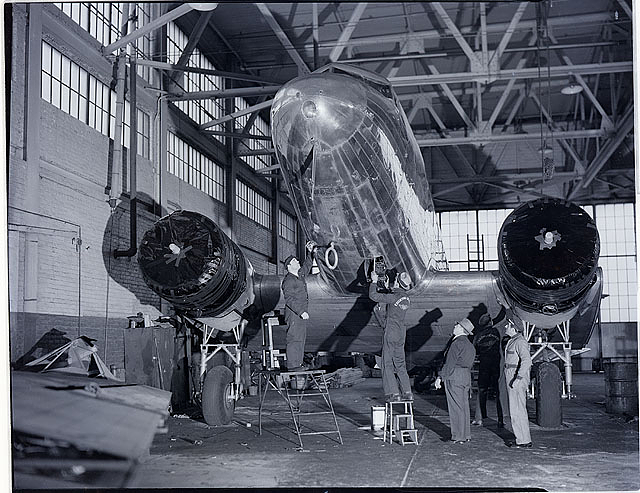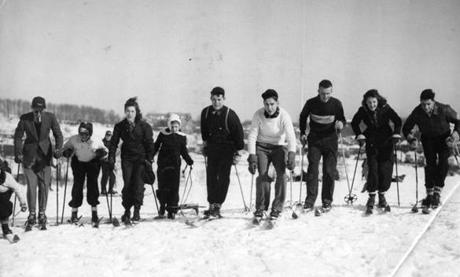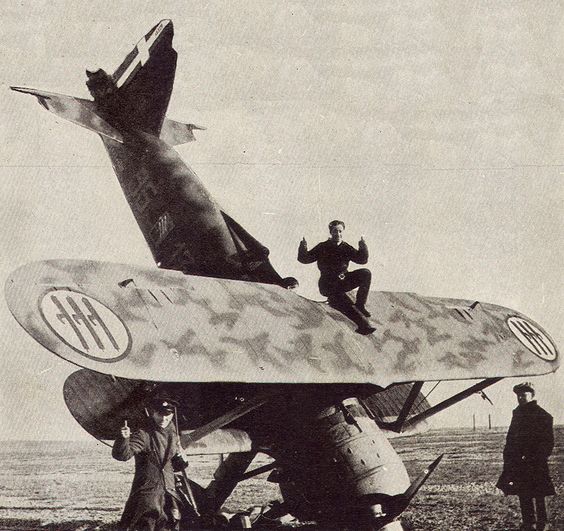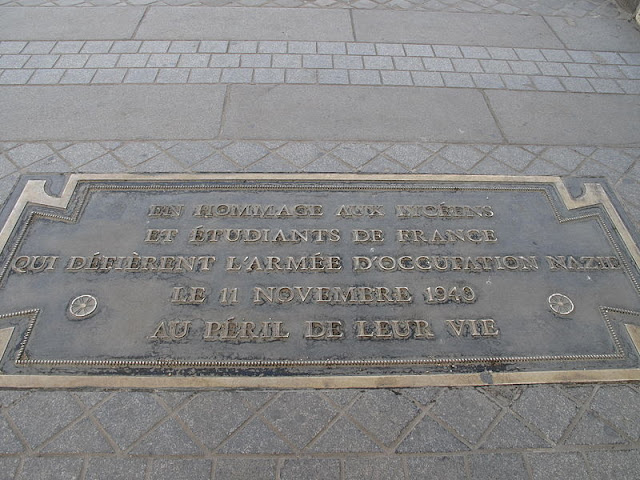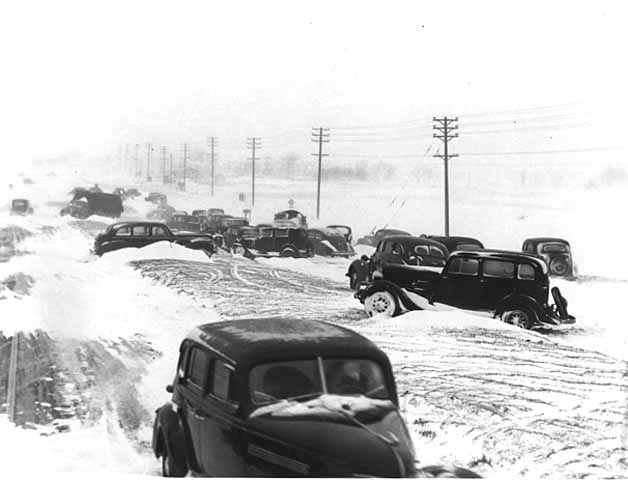Monday 30 December 1940
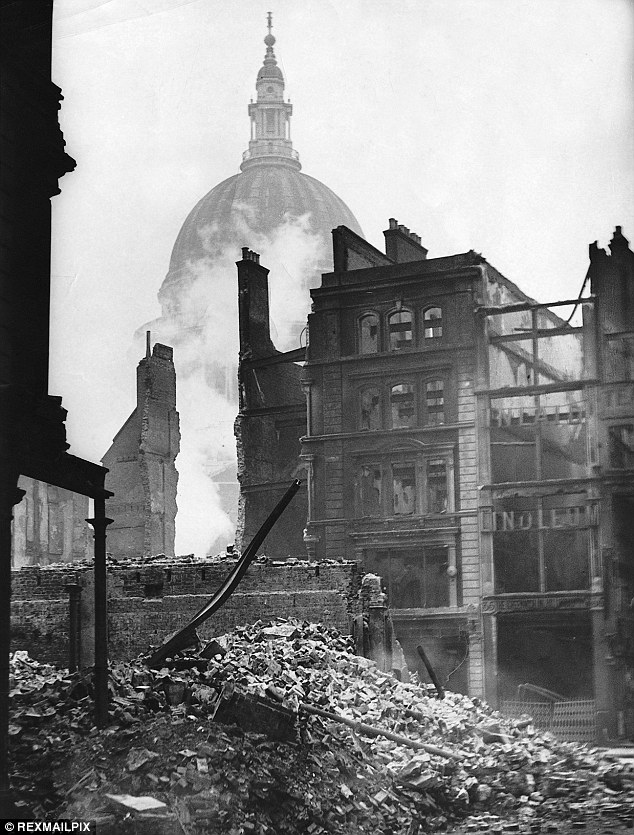 |
| London still smoldering on the morning of the 30th from the previous night's devastating fire raid. |
European Air Operations: London digs out from the Second Great London Fire caused by the Luftwaffe raid on the night of 29/30 December. Royal Engineers and other troops are brought in to bring order to ravaged streets and dynamite destroyed buildings in the City of London. The incendiaries have fallen in about a two-and-a-half-mile diameter centered near St. Paul's Cathedral. The boroughs of Poplar and Westminster, near the Thames River, are hit the hardest. The authorities count a total of 1500 fires, with 52 of them listed as "serious," 28 as "major," and six as "conflagrations."
The Air Staff comes out with new guidelines. They want a person on every building ready to quickly douse incendiaries, which are easy to extinguish if caught quickly. A "fire-watching" system is set up in which everyone is held responsible for protecting their own house or business.
The Luftwaffe sends only a single bomber over East Anglia and Kent during the day and does not operate during the night of 30/31 December. They have been using X-Gerät beams to guide their bombers and using about ten bombers from KG 100 which are specially outfitted to receive such beams to guide them to the targets. The RAF steps up countermeasures to the beams at their special station at Cheadle (Cheshire).
A Luftwaffe (IX Air Corps) aerial mine hits and sinks 613-ton British freighter Calcium near Liverpool Harbor. When 608 ton British freighter Sodium goes alongside to take off the crew, the Calcium hits the Sodium and damages it.
In the same attack as sank the Calcium, the Luftwaffe also hits and damages Royal Navy destroyer HMS Venomous with an aerial mine at the entrance to Liverpool harbor. It requires repairs in Liverpool lasting for almost two months. There is one death on the Calcium.
Other ships damaged in the Luftwaffe attack on Liverpool Harbour are 5645-ton Swedish freighter Buenos Aires and 5218-ton British freighter Catrine. British 8053 ton tanker Dorcasia also hits a mine in the same general vicinity as the other ship; it is not clear if it is an aerial mine or a sea mine. In any event, it makes it back to port.
British 6402 ton freighter the City of Bedford gets in an accidental collision with 5342-ton British freighter Bodnant. The incident happens when Convoy SL 58 and Convoy OB 264 merge. The City of Bedford sinks, and the convoy Commodore, Rear Admiral JC Hamilton (Rtd.), perishes in the sinking.
British 3896 ton freighter Baron Ardrossan runs aground at Barra, Outer Hebrides. It is a complete write-off.
Force H, which has been fruitlessly out looking for the Admiral Hipper (which has made port at Brest), arrives back at Gibraltar. Heavy cruiser HMS Renown has suffered weather damage and requires repairs.
Convoy OB 267 departs from Liverpool, Convoy FN 371 departs from Southend.
Royal Navy destroyer HMS Meynell (Lt. Commander William H. Farrington), the submarine HMS Undaunted and corvette HMS Kingcup are commissioned. Minesweeper HMS Boston, submarine HMS Umpire and corvette HMS Violet are launched.
The RAF raids Taranto, Naples, and Palermo. This apparently is done by the Wellingtons stationed on Malta.
The Australian 6th Division continues preparing for its assault on Bardia scheduled for 2 January 1941. Bardia now is cut off from relief by the Australian 16th and 17th Brigade troops. While Tobruk is not invested, the British do have patrols of the 7th Armoured Division in that general area.
An accounting on Malta shows that the Christmas Appeal to fund parties for refugee children provided enough money to fund 45 parties all across the island. Not only was cash raised, but also toys, food, candy, and free entertainment.
The Italians raid Malta again. This time, they actually fly over the island and drop some bombs, unlike on the 29th. The raid around 11:30 damages Luqa Airfield but causes no casualties on either side.
 |
| Life Magazine looks at "Britain's Desert Warriors" in its 30 December 1940 issue. |
Convoy US 8 departs from Sydney for Egypt. It is a major troop convoy which includes 11,093-ton transport Empire Star, 8536 ton Port Chalmers, 16,801-ton transport Empress of Russia, and 7527-ton transport Maunganui.
Spy Stuff: MI-6 agents in Tokyo have interviewed one of the crewmen taken from the Automedon and later landed in Japan by the German-captured Ole Jacob. The crewman reveals that the secret communications carried by the Automedon have fallen into German and Japanese hands. That information, which describes in detail British defenses in the Pacific region, indeed is in the hands of Japanese and German authorities.
Anglo/Abyssinian Relations: Winston Churchill sends a directive to Foreign Secretary Anthony Eden to support the return of exiled emperor Haile Selassie to the country for purposes of leading a revolt against the Italians there which can be capitalized upon by the British forces in neighboring Kenya.
US/Vichy French Relations: Admiral and Mrs. Leahy arrive in Lisbon onboard the USS Tuscaloosa. They will proceed to Vichy, where the Admiral will take up his post as US Ambassador to France.
German Military: Admiral Doenitz, commander of the U-boat fleet, gives a speech to the OKW in which he touts the value of the long-range Focke-Wulf FW Condor patrol planes:
Just let me have a minimum of twenty Fw 200s solely for reconnaissance purposes, and the U-boat successes will shoot up!While they have their own issues, the Condors are the Luftwaffe's only four-engine aircraft and have proven quite serviceable in actions against the convoys, both from reconnaissance and attack perspectives.
 |
| A Consolidated PBY-5A Catalina, of the kind that entered production in 1940. |
Admiral Bloch, incidentally, is the highest-ranking Jewish officer in the US armed forces during World War II.
British Military: The export version of the Bell P-39 Aircobra, the Bell P-400 Airacobra, is flown for the first time by an RAF pilot in England. Christopher Clarkson takes the plane up and has no issues. The plane is highly touted, and a production run of 675 aircraft destined for England is scheduled.
General Oliver Leese becomes commander of the West Sussex County Division of the Home Defense.
 |
| "Wunschkonzert," released on 30 December 1940, establishes Ilse Werner as one of the top film stars in Germany. |
American Homefront: California Governor Culbert Olson and Los Angeles Mayor Fletcher Bowron dedicate the Arroyo Seco Parkway (Pasadena Freeway, State Route 110) in California. Note that parts of the freeway were first opened to traffic on 20 July December, but this dedication marks the entire route as open and ready for traffic.
As a fact sheet put out by Caltrans puts it:
It has the distinction of being the first freeway -- a grade-separated, limited-access, high-speed divided road -- in the urban western United States. Termed an “engineering marvel,” it was the initial stretch of road for what would become the world renowned Los Angeles metropolitan area freeway system.The Arroyo Seco Parkway roadbed remains in the 21st Century exactly where it was laid out in the 1930s. It remains in good shape partly because trucks were banned from it shortly after its construction. Designed to accommodate 27,000 vehicles at an average speed per day, the highway has been widened and now handles about 122,000 vehicles per day. It reverted to its original name in 2010. Incidentally, at the dedication ceremony, five Native American leaders, including Chief Tahachwee of the Kawie tribe that lived in the Arroyo, smoke a 150-year-old peace pipe to celebrate this "modern progress."
December 1940
December 1, 1940: Wiking Division Forms
December 2, 1940: Convoy HX 90 Destruction
December 3, 1940: Greeks Advancing
December 4, 1940: Italian Command Shakeup
December 5, 1940: Thor Strikes Hard
December 6, 1940: Hitler's Cousin Gassed
December 7, 1940: Storms At Sea
December 8, 1940: Freighter Idarwald Seized
December 9, 1940: Operation Compass Begins
December 10, 1940: Operation Attila Planned
December 11, 1940: Rhein Wrecked
December 12, 1940: Operation Fritz
December 13, 1940: Operation Marita Planned
December 14, 1940: Plutonium Discovered
December 15, 1940: Napoleon II Returns
December 16, 1940: Operation Abigail Rachel
December 17, 1940: Garden Hoses and War
December 18, 1940: Barbarossa Directive
December 19, 1940: Risto Ryti Takes Over
December 20, 1940: Liverpool Blitz, Captain America
December 21, 1940: Moral Aggression
December 22, 1940: Manchester Blitz
December 23, 1940: Hitler at Cap Gris Nez
December 24, 1940: Hitler at Abbeville
December 25, 1940: Hipper's Great Escape
December 26, 1940: Scheer's Happy Rendezvous
December 27, 1940: Komet Shells Nauru
December 28, 1940: Sorge Spills
December 29, 1940: Arsenal of Democracy
December 30, 1940: London Devastated
December 31 1940: Roosevelt's Decent Proposal
2020



